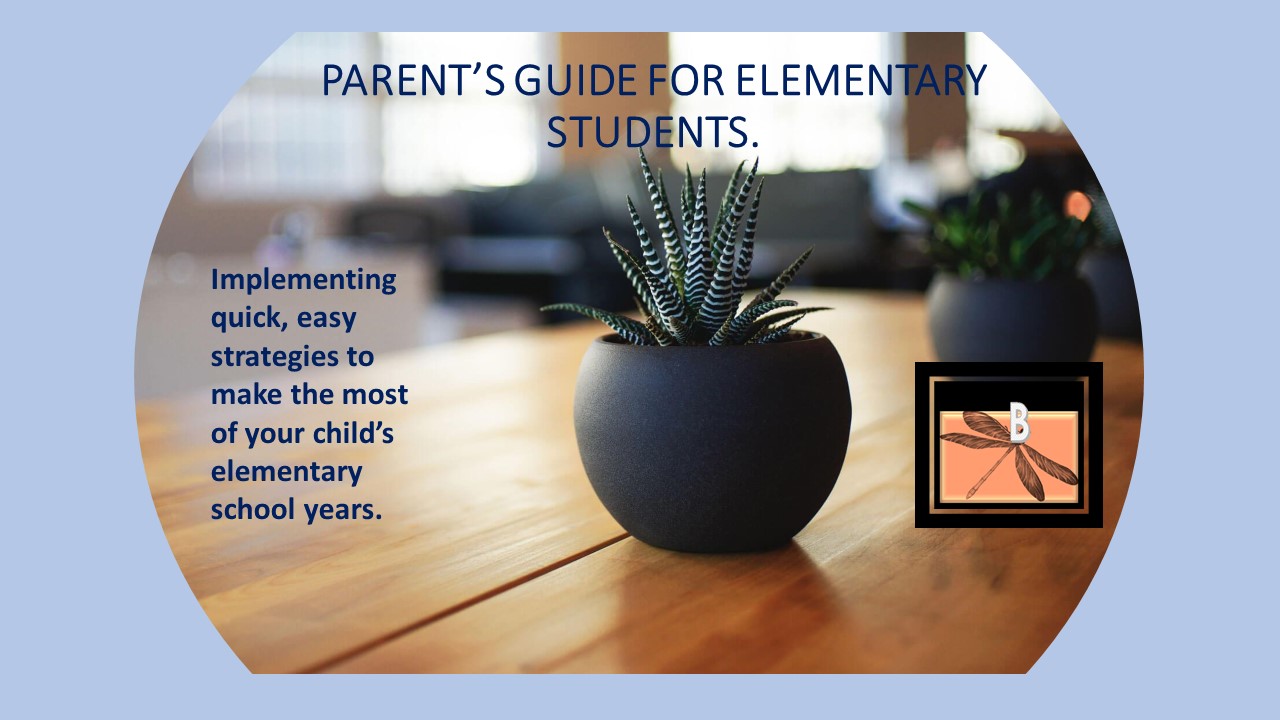I have all these feelings within me,
That I do not know how to explain,
The only way you might understand,
Is if I rant or rave.

Children very often go through emotions of anger and frustration that could result in tantrums and anger outbursts. Usually, the first instinct would be to correct the child as to why this behavior is not acceptable. There might be consequences such as no TV time, which adds fuel to the fire as the child is already very angry or frustrated.
Stress and anxiety are other emotions that young ones face. They might not be willing to listen to the logic of an adult. Talking to the child might be useless until the child has calmed down enough to listen.
Although there are quite a few techniques that teach a child how to quieten their mind, I am going to mention two simple methods which are quite effective. These techniques should be done in a quiet environment.
Fill in a Shape Method: All you need to do is to draw a rectangle on a piece of paper. Ask the child to fill the rectangle with long, even, very slow strokes. The idea is to go in one direction, make the strokes long, and in slow motion. The pencil moves up and down very slowly. When the child is doing this, they look at the motion of the strokes, and gradually calm down. After they have calmed down, you can address the issue. This also works well for children transitioning from outdoor to indoor activity.
Meditation: Just as adults, children too benefit from meditation. Regular meditation has been shown to reduce reactions such as anger, anxiety, and stress. However, a child might not be able to meditate for long. Choose a piece of meditation music from the youtube site, which is only five to seven minutes long. The music should be slow, soft and soothing. Guide the child to focus on the breathing, or just close their eyes and listen. If they are not in a mood to do so, they can just listen. Gradually, the calmness and soothing music will help them relax. Address the issue only when they are ready to listen.
Both these simple, inexpensive, effective techniques help children to be more in control of their emotions.
So, basically, instead of reacting to a situation, you are letting the child calm down before handling the issue. In the beginning, you might see that the child is not receptive to the idea of calming down. However, when you show that you do not want to talk about the matter until the child is ready to listen, the child too will soon see the benefit of calming down. It is easy to say that you will talk to them only after they have calmed down, but you also need to give them some tools on how to do so.
